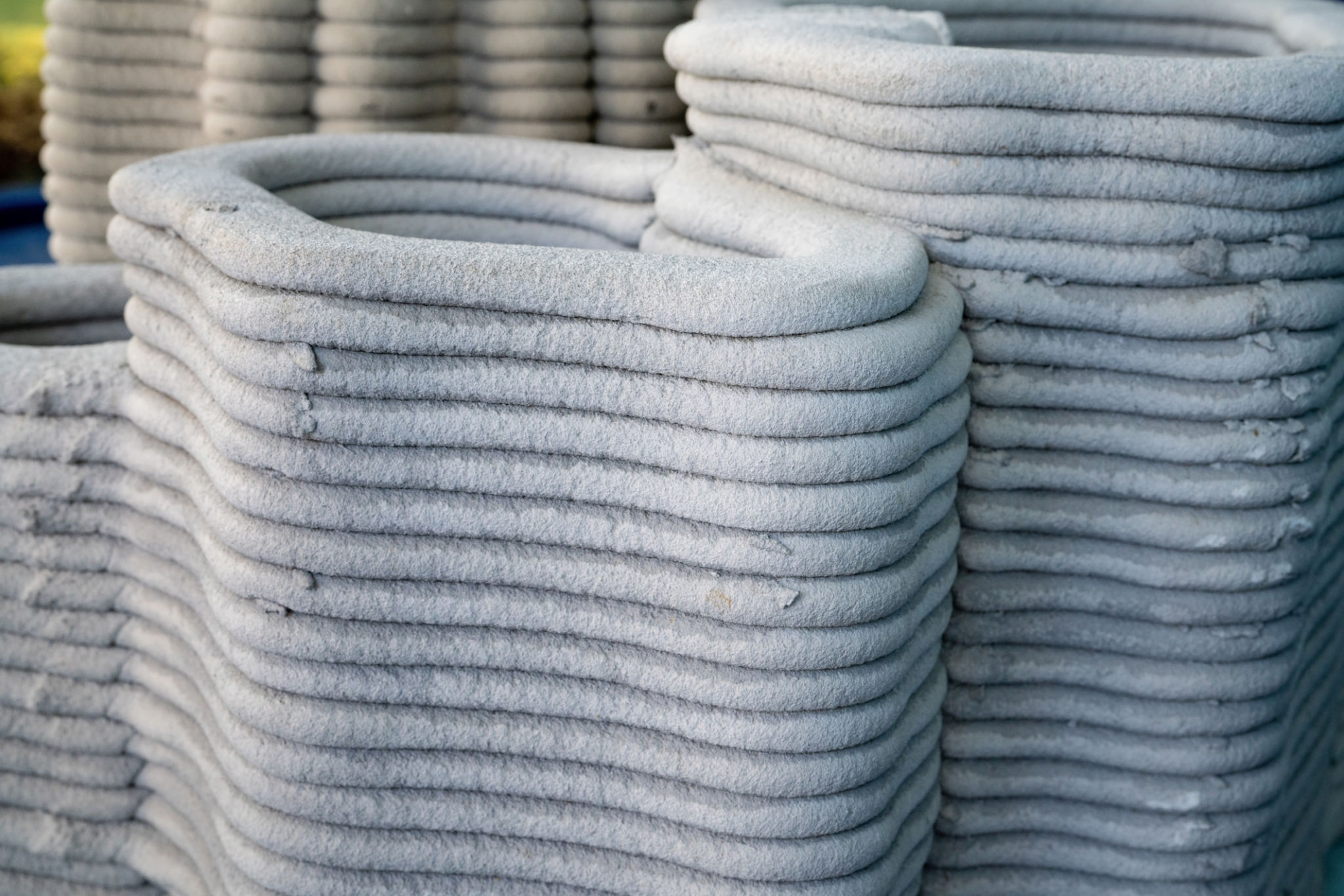Comparing SLS and PLA in 3D Printing: Which is Right for Your Project?
Understanding SLS and PLA in 3D Printing
In the world of 3D printing, selecting the right material can make a significant difference in the outcome of your project. Two popular options are SLS (Selective Laser Sintering) and PLA (Polylactic Acid). Each has its own set of characteristics and advantages, catering to different needs and objectives.
SLS utilizes a laser to sinter powdered material, typically nylon, into solid structures. This technique is known for its ability to produce highly detailed and durable parts without the need for support structures. On the other hand, PLA is a biodegradable thermoplastic derived from renewable resources like corn starch, making it an environmentally friendly choice for many hobbyists and professionals alike.

Advantages of SLS
One of the most significant advantages of SLS is its capability to produce complex geometries. The absence of support structures allows for intricate designs that might be challenging to achieve with other methods. Additionally, SLS-printed parts tend to have excellent mechanical properties, making them suitable for functional prototypes and end-use parts.
Another key benefit is the variety of materials available for SLS printing. Beyond nylon, options include glass-filled or carbon-filled powders, which can enhance the strength and thermal resistance of printed objects. This versatility makes SLS a preferred choice for industries requiring high-performance components.
Applications of SLS
SLS is widely used in industries such as aerospace, automotive, and healthcare. Its ability to create durable parts with intricate designs makes it ideal for producing everything from lightweight aircraft components to customized medical implants.

Benefits of PLA
PLA offers several advantages that make it a popular choice among 3D printing enthusiasts and professionals. Its ease of use is one of the main reasons for its widespread adoption; PLA is compatible with most desktop 3D printers and doesn't require a heated bed. Additionally, it emits fewer fumes during printing compared to other thermoplastics.
Another attractive feature of PLA is its environmental friendliness. Being biodegradable and derived from renewable resources, it provides an eco-conscious alternative for those mindful of their environmental impact. Moreover, PLA comes in a wide range of colors and finishes, allowing for creative and visually appealing projects.
PLA in Various Projects
PLA is often used for producing decorative items, educational models, and prototypes where strength and durability are not the primary concerns. Its aesthetic versatility makes it perfect for art projects, toys, and other applications where appearance is paramount.

Choosing the Right Material for Your Project
Deciding between SLS and PLA depends on your project's specific needs. If you require a durable, functional part with complex geometries, SLS might be the better choice. However, if you're looking for an accessible, environmentally friendly material for aesthetic purposes, PLA could be the way to go.
Consider factors such as budget, intended use, and environmental impact when making your decision. Both materials offer unique benefits that can enhance your 3D printing projects when chosen appropriately.
Conclusion
Whether you opt for SLS or PLA depends largely on your project requirements. Both materials have their strengths and can produce impressive results when used correctly. By understanding their distinct features and applications, you can make an informed decision that aligns with your goals and values.
